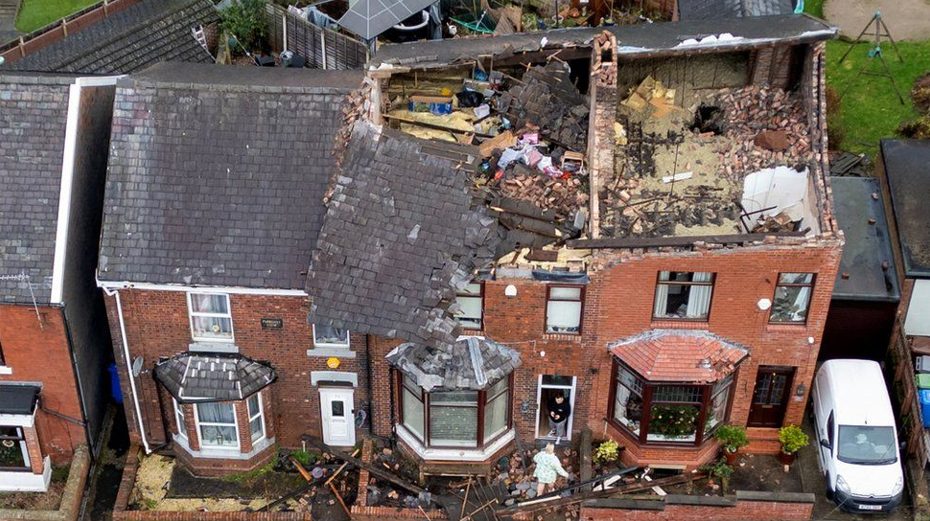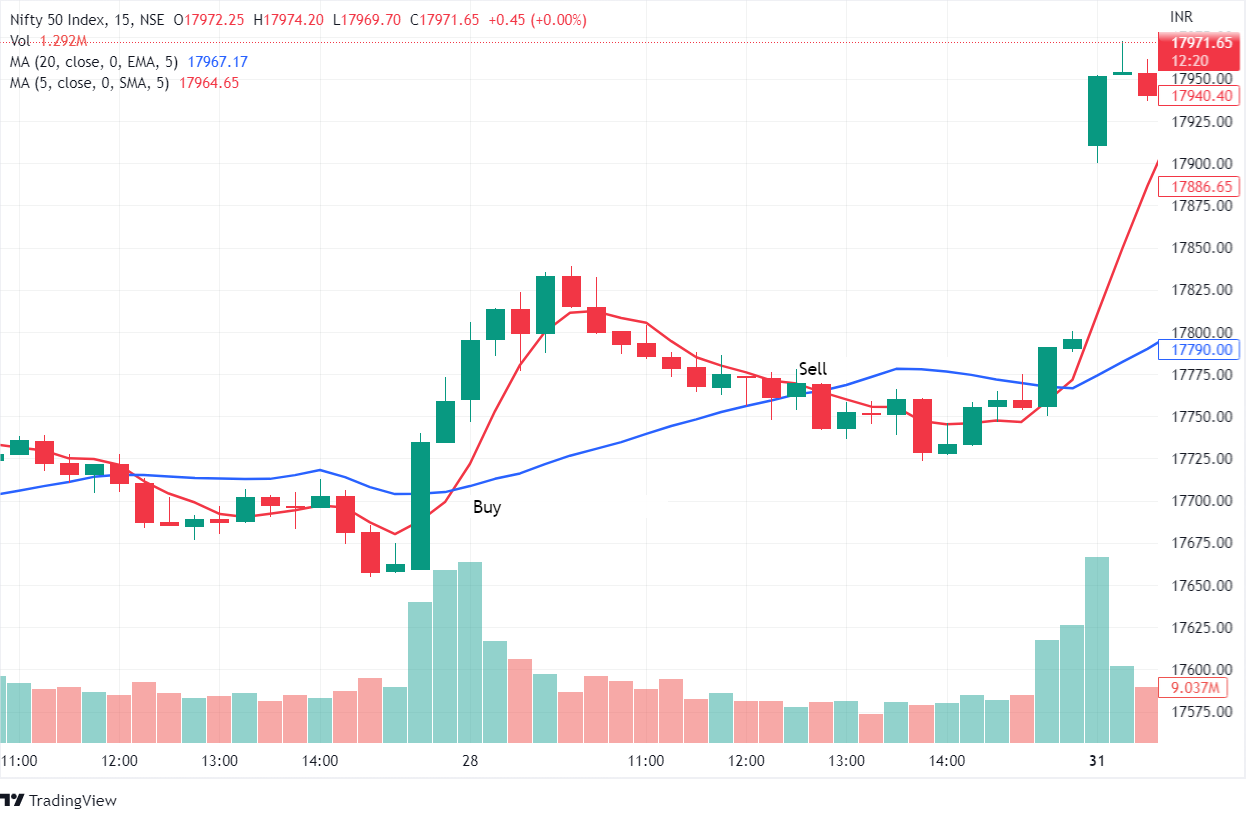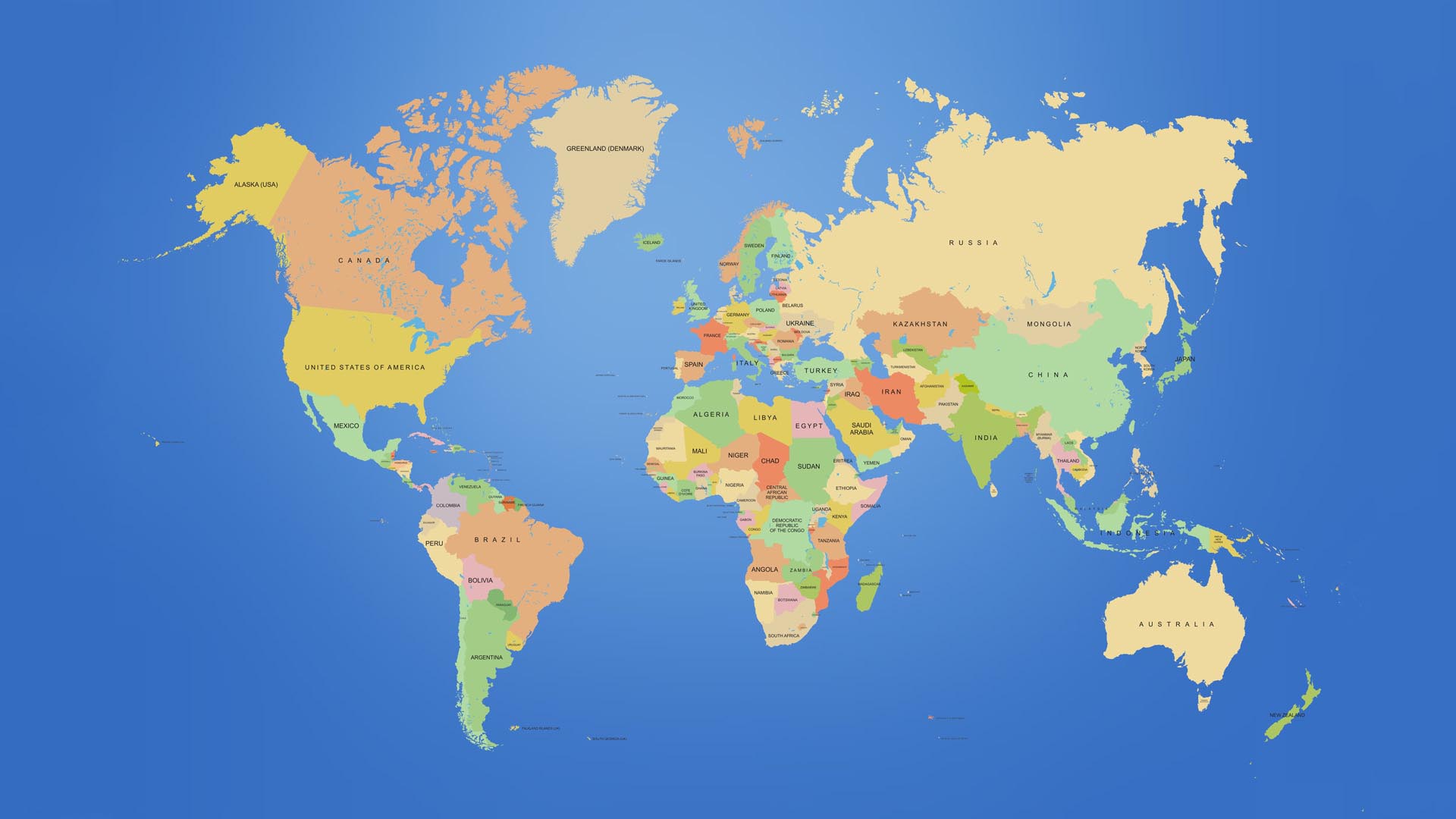AI and technology have undergone significant changes in recent years. From Deep learning and quantum computing to robotics and natural language processing (NLP), we live in a time that sees the human mind reach new heights.
Businesses worldwide are being affected by the rapid growth of AI and technology. Healthcare, agriculture, retail, and manufacturing are some of the biggest industries battling out the effects, much to their own matchless development. This has caused astronomical changes in how most businesses are understood these days.
The diamond trade hasn’t been able to ditch the tide. It has changed its outlook and traveled a long way in terms of grading, cutting and polishing, and transparency.
This article looks into how AI and technology are changing the diamond industry. For example, these online retailers have leveraged technology to change the entire diamond shopping experience.

1. Diamond Grading
Diamond grading has historically been a highly tiresome process requiring time and undivided attention. But AI and technology have made it easier to grade diamonds, especially due to the various robust systems put in place.
High-resolution photographs of diamonds can be taken using AI-powered imaging systems, which can then analyze these photos to determine the size, shape, and color of the stones.
The images and data collected by diamond imaging systems can be analyzed to precisely grade diamonds depending on their quality, such as the 4Cs (carat, cut, clarity, and color)
Moreover, AI and technology can help identify and trace diamonds along the supply chain to stop the sale of conflict diamonds.
2. Diamond Cutting and Polishing
AI-powered solutions can streamline the diamond-cutting process by examining the physical properties of diamonds and selecting the most effective cutting and polishing methods. Hence, the final product’s accuracy and consistency will be largely unquestionable.
By applying machine learning algorithms to regulate the polishing process, robotics and automation can be used to increase the accuracy and consistency of diamond polishing.
These technologies can also be used to examine a polished diamond for flaws and quality issues and to spot any problems that might have arisen during the cutting or polishing process.
3. Promoting ethical practices in the diamond industry
Experts can track diamonds from the mine to the store through mechanisms that leverage blockchain technology or other digital tracking systems. This can help ascertain that these precious stones are obtained responsibly and without violating human rights.
Examining diamonds’ physical features, such as size and form, and comparing them to a database of known diamonds is another gift of the mechanisms powered by AI and technology. The same can be used to identify and monitor diamonds, stop the trade of conflict diamonds, and confirm the authenticity and provenance of diamonds.
You can also determine whether renowned regulations, such as the Kimberley Process Certification Scheme (KPCS), which attempts to stop the trade in conflict diamonds, are being followed.
Using blockchain technology and other digital tracking systems, AI solutions can give buyers complete information about their diamonds. This will enable them to make informed purchasing decisions while increasing the diamond industry’s transparency.
4. Simplifying diamond mining
Detecting possible diamond resources and analyzing geological data can take hundreds of human work hours. Thanks to AI, the process can be expedited by scrutinizing real-time data from drilling equipment and making necessary modifications. Resultantly, the effectiveness of the mineral exploration process could improve, coupled with the efficiency of drilling patterns and operations.
Artificial intelligence (AI) technologies automate the mining process by using robotics and automation to carry out time-consuming operations, such as hauling, drilling, and blasting. This lowers labor expenses and boosts security.
You can also forecast when mining equipment is most likely to break down and plan maintenance accordingly, thereby improving efficiency and decreasing downtime. Besides, real-time mining process monitoring and performance optimization will ease the process further.
5. Increasing sales, sustaining businesses
AI modifies customer experiences by examining consumer data and suggesting goods that suit their interests and needs. It has enabled virtual try-on experiences, letting shoppers see how a jewelry item fits and looks before buying it.
Unlike in an industry run only by humans, chatbots serve clients around-the-clock by responding to their inquiries and making product recommendations. This also helps optimize real-time pricing, monitor market data, and modify prices to boost sales.
Jewelers worldwide also use the technology to evaluate consumer data and develop specialized campaigns to boost sales. This has taken personalized communication and targeted marketing to the next level, helping businesses stay in the game longer while continuously trying to improve user experiences.







